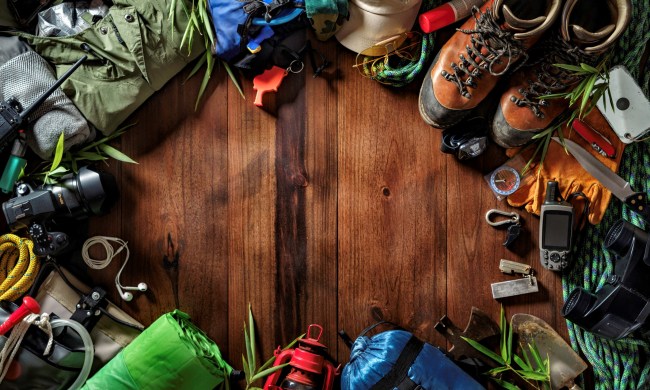Comfort is the key to enjoying fall camping. Let’s face it — those days of warm summer evenings lounging about in ultra-light clothing are behind you. Or are they? It’s common knowledge that merino wool offers the ultimate in camping comfort, and with a choice of two weights — lightweight or full cozy — Ibex has cornered the market for camping joggers this fall.
Until now, taking joggers with you on a camping trip has been largely frowned upon, especially by purists. Understandably too. The majority of joggers are heavy, made from cotton, and offer little practical value when compared with a pair of hiking pants. But if we’re honest,
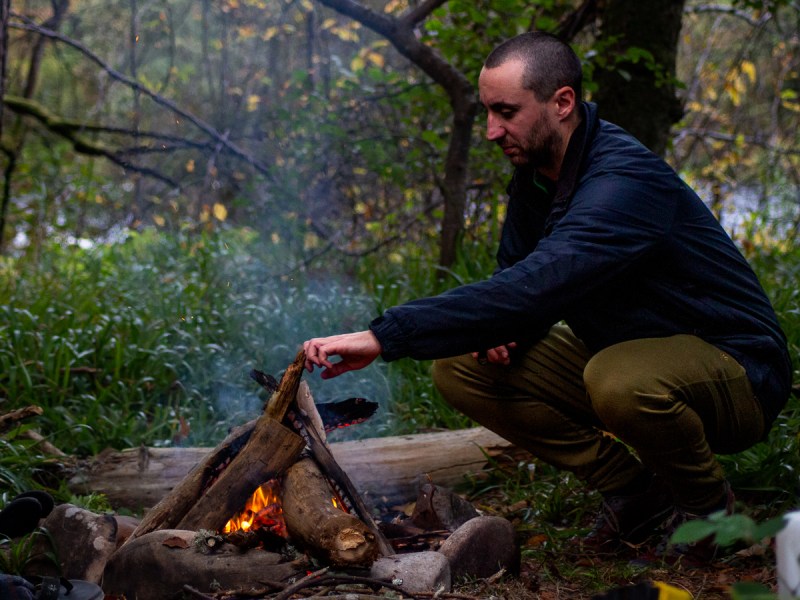
What’s the difference between the Ibex Hero and Nomad pants?
On the surface, these pants look pretty similar. For a start, both pants are made from moisture-wicking and absorbent merino French terry fabric. This might sound like a character from one of your dad’s special films — the type that live on the top shelf of his wardrobe — but it’s actually a type of fabric. French terry fabric has soft loops on the inside and a smooth outer surface, giving it a warm and soft finish similar to that on your favorite sweatshirt. Basically, both of these pants give you excellent warmth-to-weight and unparalleled
Where these joggers differ is their weight. While the Ibex Hero Joggers are already roughly half the weight of your average cotton joggers, the Ibex Nomad Joggers are their ultimate ultra-light model. The Nomad might not be quite as warm as the Hero pants — although having used both, I can say the difference feels minimal — but they compete with lightweight hiking pants when packed into your camping backpack. I can guarantee you’ll be cozier and more comfortable sitting around the campfire in the Nomad pants.
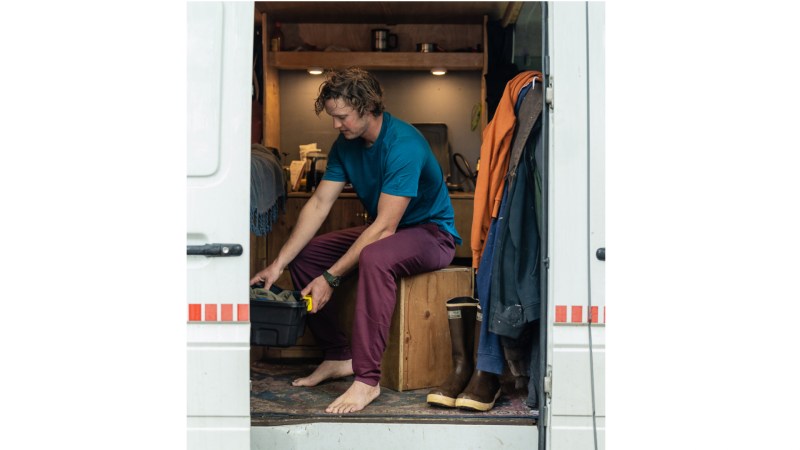
Which pants are better for you to take camping this fall?
Well, that’s a tough one. Short of suggesting you get both pairs and test them out for yourself, it’s not easy to give a definitive answer. The bottom line is that, realistically, you probably can’t go wrong with either pair. This might sound like a noncommittal copout, but I have been genuinely impressed with both pairs. That said, if I were pushed to make a choice, I would probably go with the Nomad pants for their ultra-light design and smaller pack size.
I took the Hero pants with me on a three-day canoeing and
Where the Hero pants are let down and the Nomad pants really come into their own is their weight and size. If you’re making a choice between packing a second pair of
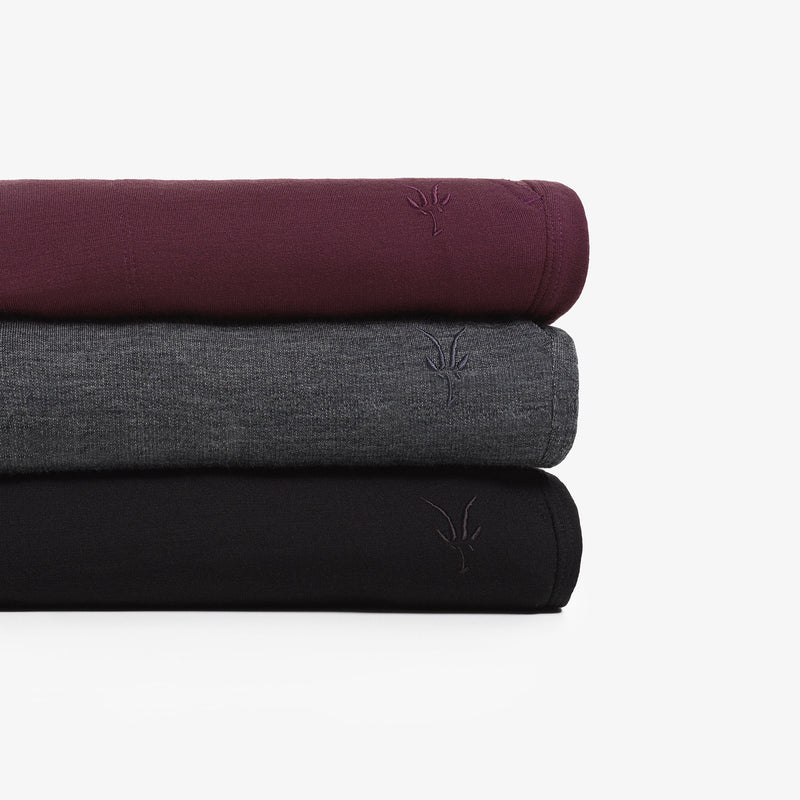
Are they only good for camping?
No, they’re not. The Nomad and Hero joggers make for a great and stylish pair of joggers, whether you’re
I’ve not been out for a run in these pants yet; it’s simply not that cold, and I run pretty hot, so I can’t necessarily vouch for them as running pants. But I do run in merino in the winter and it sure is breathable, so I expect these will be added to my winter training getup. One feature I am a fan of with these joggers is how comfortable I feel wearing them out in public. I’m not the most fashion conscious, but I generally regard joggers as being fit for ‘at-home’ wear or training – to the dismay of my partner when I get changed out of joggers just to go to the store. That said, I’m more than happy wearing both the Hero and the Nomad joggers out in public. They have that classy edge to them that sets them apart from general joggers, and I would gladly wear these to go out for a drink, though I’d probably draw the line at going out for a meal in them.
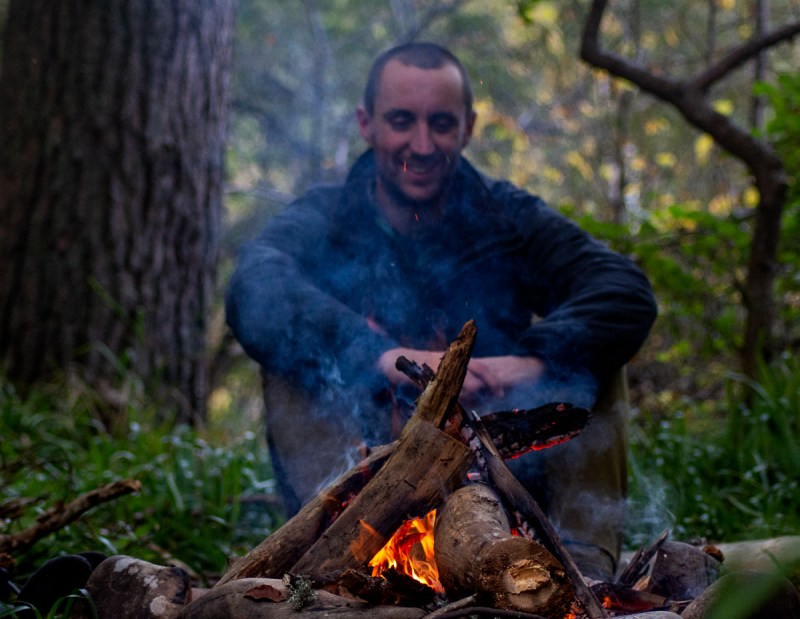
The bottom line: should you buy a pair of Ibex merino pants?
Honestly, yes. I’m ashamed to say I took some time to come around to using merino. The products always came with an associated price tag, and I didn’t want to expose my body to the luxury it could have in case it got used to the idea. Both the Hero and the Nomad joggers do come with the sort of price tag associated with merino wool. This can be off-putting. I get it. But as with all outdoor gear, you get what you pay for.
Not every camper is going to spring for a pair of these joggers this fall, but when you’re sitting there in merino comfort around the campfire, you can be smug in the knowledge that you made the right choice. Not only will you be the warmest, most comfortable, and most stylish camper, but thanks to the no-stink tech and moisture-wicking of both of these pants, you can wear them every night of a

